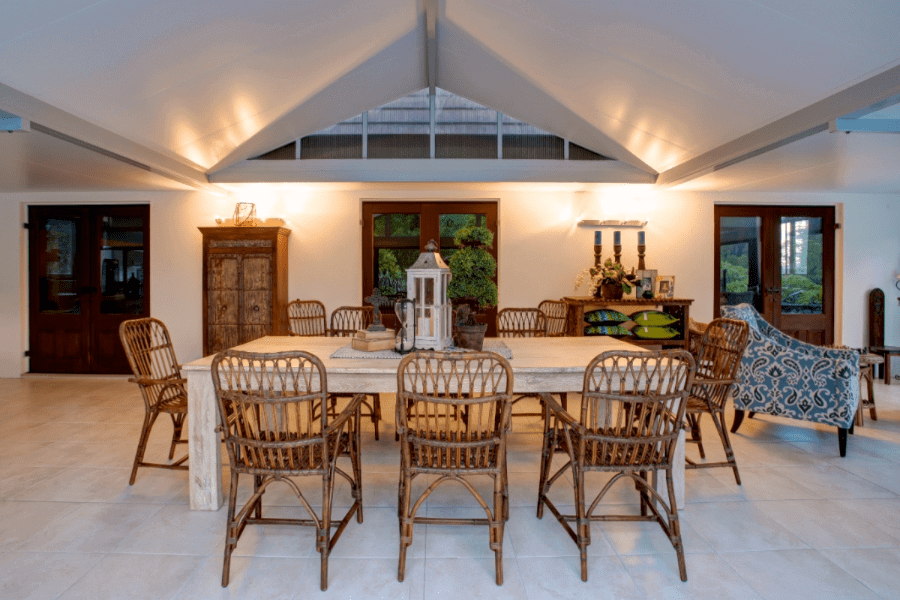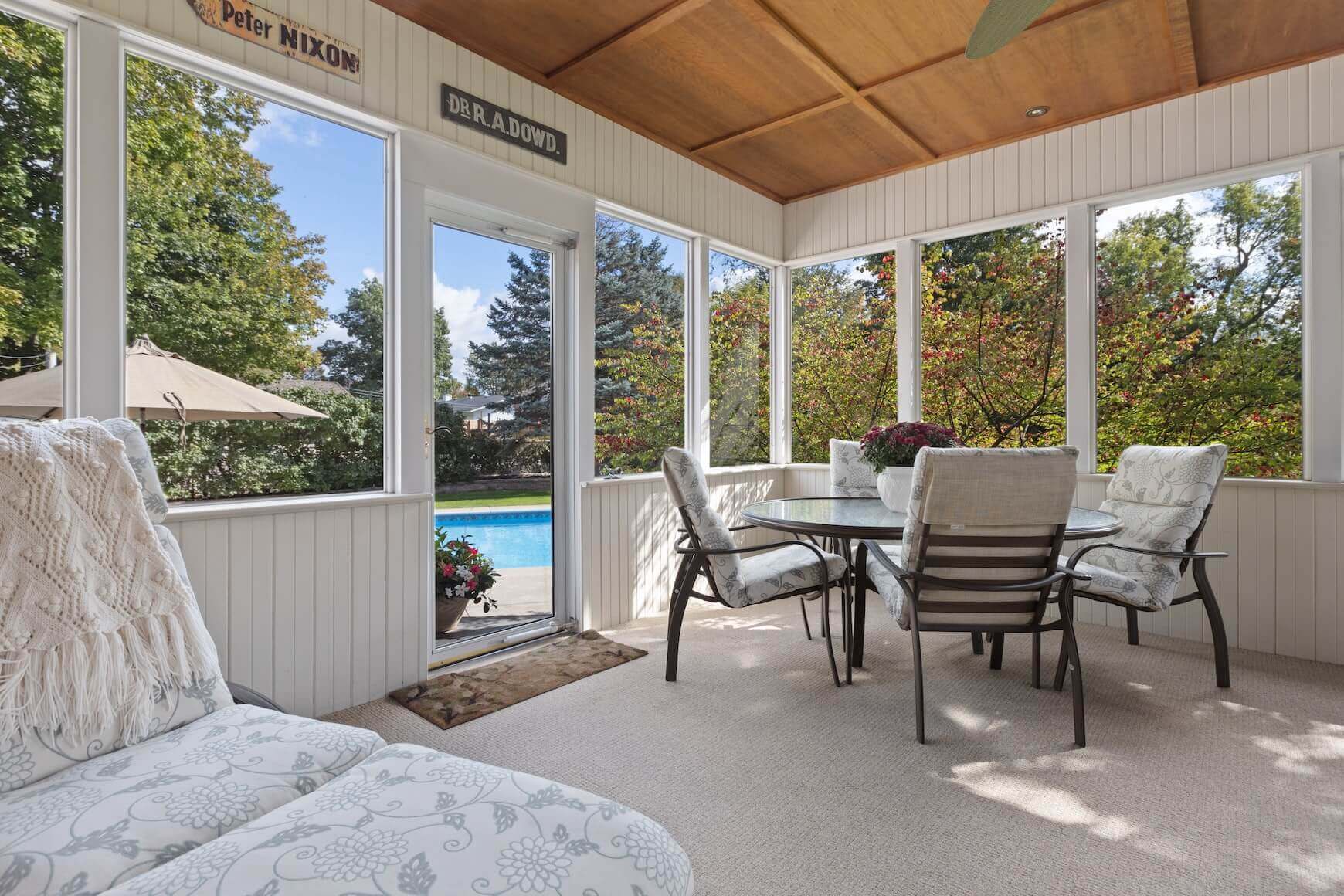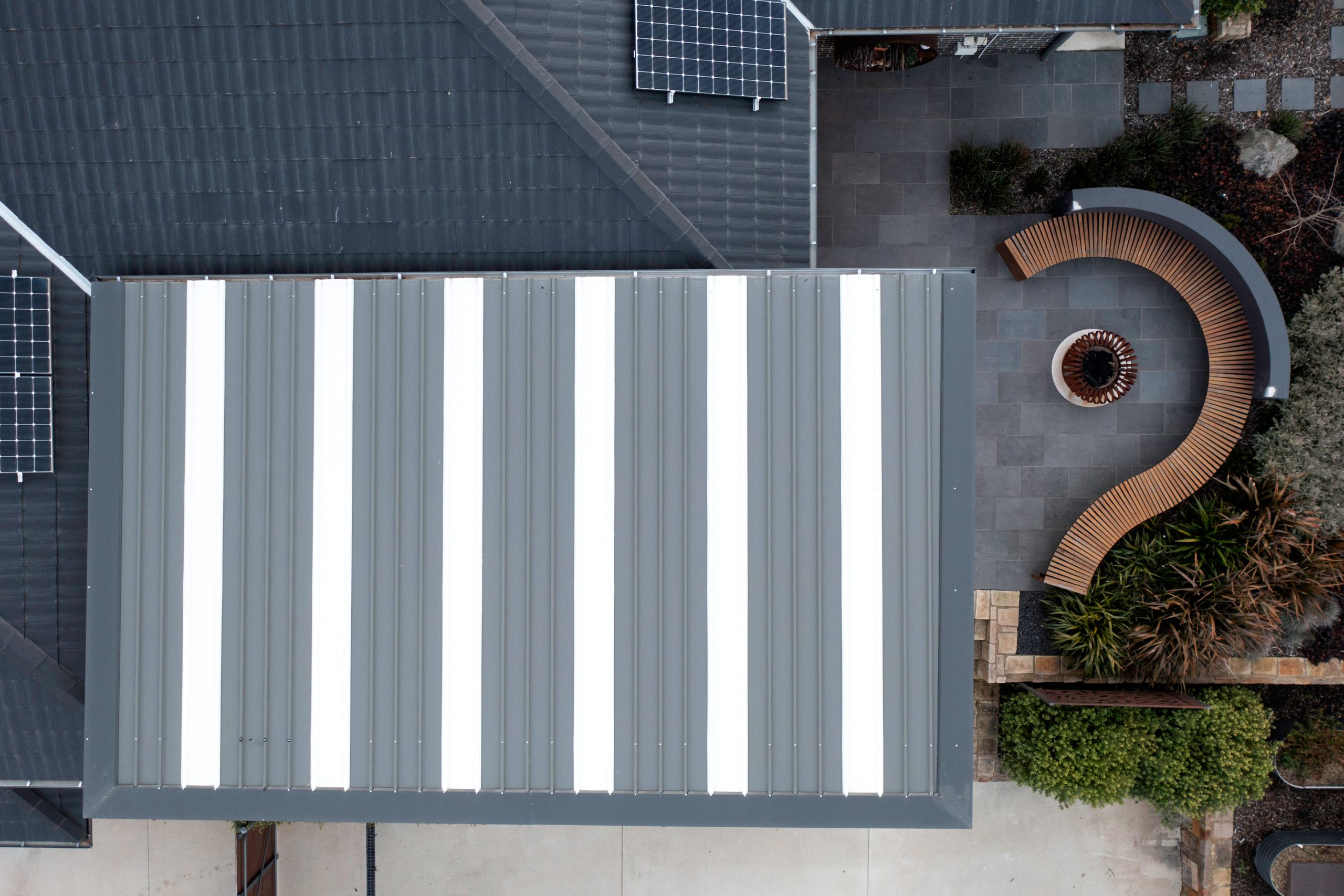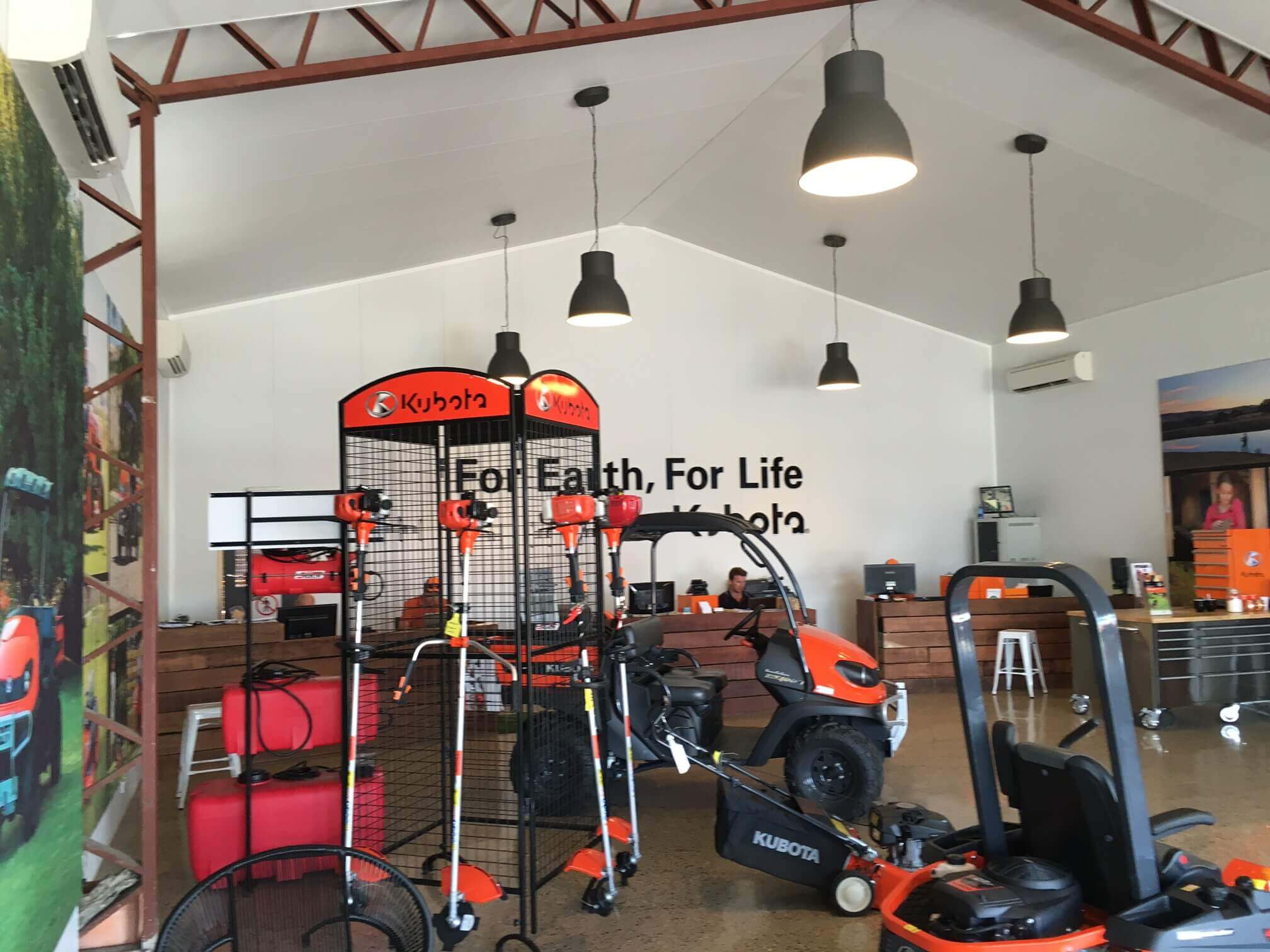Recently, there has been a peak of interest in houses that have sunrooms.
At Versiclad, we often get questions from people who are curious about insulating various structures and parts of a house. This can range from garages to sheds, patios, caravans and of course – sunrooms.
There’s a lot of confusion surrounding what a sunroom is. So, this article will explore what sunrooms are, their purpose and what you can do to insulate them for optimal comfort.
What is a Sunroom?
Sunrooms, often referred to as garden rooms, patio rooms, or sun porches, are rooms that are designed to make use of natural sunlight. They are built on the outer perimeter of the home and will often be accessed from the inside. They provide a space to enjoy the natural light that comes with outdoor living, without complete exposure to the weather.
The concept of the sunroom was first introduced in China (circa 6000BCE) as a means to trap sunlight and warm the home. South-facing houses were built to direct the light through the house to regulate temperatures. This idea was later adapted to create solariums, which are rooms with glass walls and ceilings. Today sunrooms commonly have glass windows only and are housed beneath a structured ceiling.

Adding Insulation to a Sunroom Roof
Insulation is one of the most important things that can be added to a house as it provides warmth in the cold and cool relief in the warmer months. Being that the sunroom’s purpose is to capture natural light, it can quickly become the most uncomfortable part of the house in summer. This is why many people look to add insulation in the ceiling as a way to enjoy the light without the heat.
To properly insulate a sunroom, you’ll need materials that cater for both the cold and warm seasons; materials that reflect the heat from sunlight outside but also contain the warm temperatures on the inside. Versiclad’s Ceilink panels offer a simple, all-in-one solution.
Ceilink panels are minimalistic and engineered for optimal insulation. These panels are not only light weight and easy to install, but also beautiful in their design and available in a range of finishes.
Ceilink panels are made up of three layered materials: a steel face with a refined finish, a fire-retardant EPS core and a foil backing. These components make up a panel which is designed to be an all-encompassing solution that simplifies the insulation process.
Ceilink panels have a variety of benefits, including:
- Previously mentioned, light weight and easy to install
- High quality, refined finish, and a range of designs
- Smooth surface makes it easy to clean
- Can be fitted with downlights and any other non-weight bearing accessories

Different Methods of Insulating Sunroom Walls
As sunrooms often have structured ceilings and glass walls/windows, people sometimes consider insulating the walls instead of the roof. Ceilink panels can also be used to insulate walls and the installation process is quite similar and just as easy. However, let’s take a look at some of the alternative methods of insulating sunroom walls.
Double-Glazed Windows
Double-Glazed Windows are a popular insulation solution for sunrooms as they also offer added security and sound proofing. However, the disadvantage is that they cannot be fixed if they are damaged as they can’t be pulled apart. This means that the entire window would need to be replaced in the event of any damage.
Tinted Windows
A cheaper and low-risk alternative would be tinting your windows. The benefit of tinted windows is that they can help to block UV rays and reduce the temperature of your space. The tint of the windows also offers an added level of privacy from neighbours. The disadvantage, however, is that the tint blocks out the UV rays in all seasons, which means that your space would be cool in summer and cold in winter.
Sealing Windows & Doors
One of the most common causes of heat transfer in indoor spaces is unsealed doors and windows. Heat seeps through small gaps between windowpanes and door frames, building up the temperature in the home. One of the easiest methods of insulation is simply sealing these gaps.
The most common way to seal your windows and doors is using a caulking gun or window insulator kit. Both are simple to apply and can be found in most hardware stores.
This method helps to block the transfer of heat; however, it has not proven to be as effective as more traditional methods of insulation in managing the overall thermal comfort of a space.
Conclusion
As the name suggests, the sunroom is commonly the hottest room in the house, which is why it often needs insulating. Of the several insulation methods discussed in this article, Ceilink offers the most in thermal efficiency, convenience and style. If you’re looking to insulate your sunroom, start by considering Ceilink panels for your roof and transform your space in a day!
Versiclad Insulated panels are made right here in Sydney. For more information, download our brochure or complete the below form to be put in contact with a Versiclad Preferred Installer.




